- Home
- Articles
- Architectural Portfolio
- Architectral Presentation
- Inspirational Stories
- Architecture News
- Visualization
- BIM Industry
- Facade Design
- Parametric Design
- Career
- Landscape Architecture
- Construction
- Artificial Intelligence
- Sketching
- Design Softwares
- Diagrams
- Writing
- Architectural Tips
- Sustainability
- Courses
- Concept
- Technology
- History & Heritage
- Future of Architecture
- Guides & How-To
- Art & Culture
- Projects
- Interior Design
- Competitions
- Jobs
- Store
- Tools
- More
- Home
- Articles
- Architectural Portfolio
- Architectral Presentation
- Inspirational Stories
- Architecture News
- Visualization
- BIM Industry
- Facade Design
- Parametric Design
- Career
- Landscape Architecture
- Construction
- Artificial Intelligence
- Sketching
- Design Softwares
- Diagrams
- Writing
- Architectural Tips
- Sustainability
- Courses
- Concept
- Technology
- History & Heritage
- Future of Architecture
- Guides & How-To
- Art & Culture
- Projects
- Interior Design
- Competitions
- Jobs
- Store
- Tools
- More
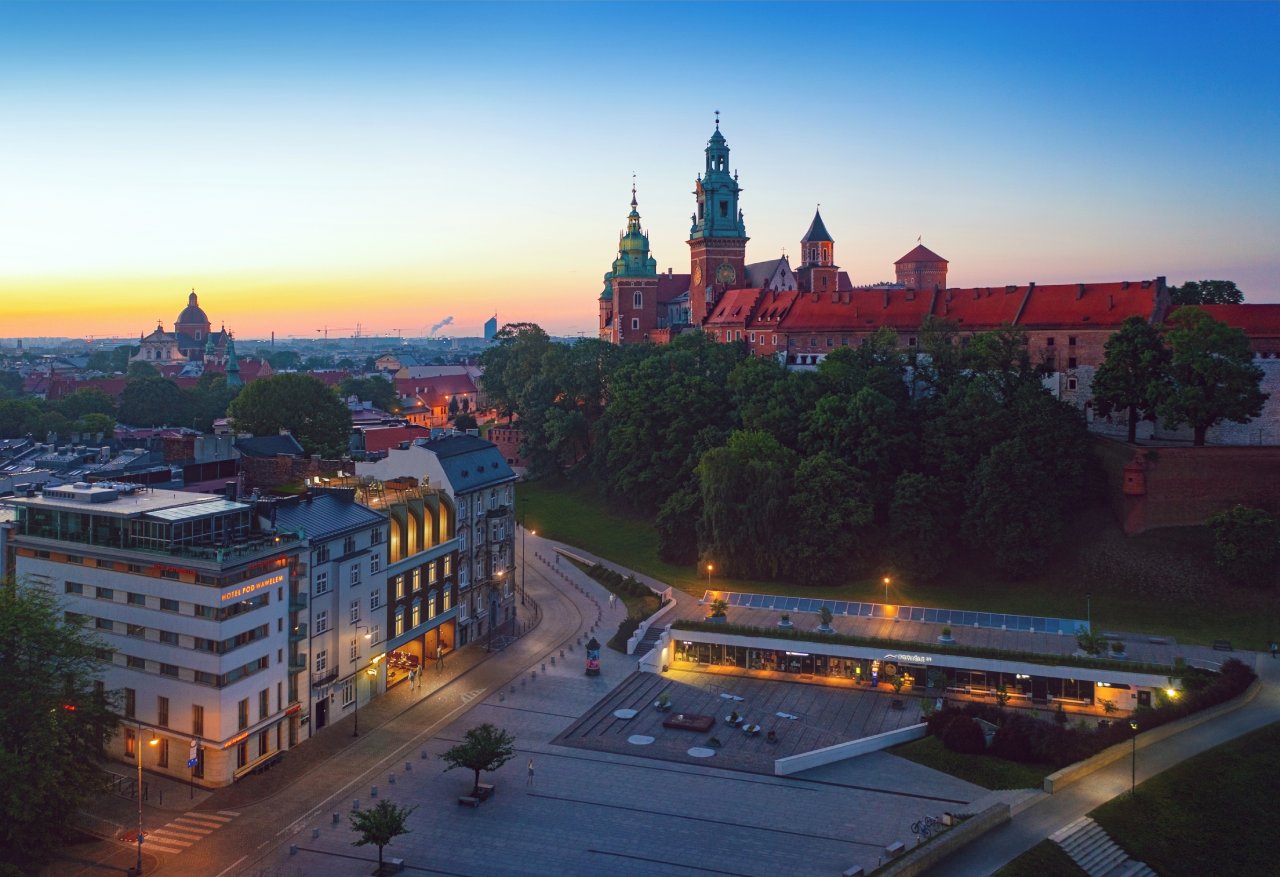
“ The Krakow Tenement House near the Wawel Royal Castle defines a completely new quality of the Vistula embankments. This building is extremely innovative and very Krakow-like at the same time. It has a dynamic and variable style depending on the observer’s location, which directly refers to the context of the place – the Wawel Royal Castle and the architecture of the Old Town. It takes advantage of the technological potential of our times, but at the same time it is durable and timeless since it is rooted in tradition. We strongly believe in BXB studio that this is the factor which makes it something more than just another modern building” – Bogusław Barnaś



Profusion of many aesthetic contexts used in a Cracow Tenement is been designed deliberately. BXB Studio created a project which, through a modern architectural language, shows respect to the city’s development of the past. It is also hard to resist the impression that we witness here something quite unparalleled. In my opinion this particular modern construction, which takes advantage of the latest engineering technology of wood, emphases in a way its relation to Sigismund´s Chapel located in Wawel Cathedral – after all very futuristic and innovative work in the city’s landscape. The concept conceived by Bogusław Barnas due to its original character, but also to advanced technological achievements, overview and deep understanding of continuity of city’s evolution, can follow the success of the famous chapel. It would become a new architectural icon of Cracow. Moreover this transformation can help to change ones perspective on revitalization of neglected buildings”. – Filip Maciejowski, art critic, Oslo
The revitalization of the historical tenement house at 10 Powiśle Street in Krakow, in the immediate vicinity of the Royal Castle, is an unique opportunity to introduce new quality of the Vistula waterfront in the center of the Old Town. This seemingly unattractive building had once its glory days. It was built around 1900 and was the first tenement house on the present frontage of Powiśle Street. It had high aesthetic values and numerous decorations. It was finished with beautiful red bricks and contrasting elements of bright colors.


In 1930, the tenement house had a top highest floor added, which was lower than the existing one, probably intended for local fishermen and workers. As a result of reconstruction, it lost all of its glory. Decorations were removed, the brick was covered with plaster, and the proportions were disturbed. The building lost its beauty, which had been refined by the creators of the original project. In the following years, tenement houses in different architectural styles as well as in completely different scale were built in the frontage of Powiśle Street.



We decided to restore the original splendor and beautiful proportions of the designed tenement house, using design measures appropriate to the current times, the context of the place, and the achievements of modern technology. The revitalization involves restoration of the original brick and historical decorations and removal of the top floor, which was carelessly built-up in later years. Thanks to this the tenement house will regain its original proportions and character from 1900.



However, after restoring its original condition, the historical tenement house does not fit so well into the present-day frontage of Powiśle Street. Neighboring tenement houses overwhelm it and create unattractive, disproportionate massive gable walls, which is why we propose an innovative structure. We notice also that in its current state, the ground floor of Powiśle Street is an unattractive and a neglected space. It lacks the city-forming factor, the magnet attracting the interest of passers-by and so-called active ground floor. We decided to give this role to the design tenement house at 10 Powiśle Street, suggesting the fullest possible opening of historical interiors to the adjacent urban space. Fully glazed ground floor facade will also become a museum exhibition, showing exposed historical walls and ceilings. By revealing the facade of the ground floor, we create a new “city lounge” that will connect the street space with the commercial interior of the tenement house.

The structure of the building defines an innovative structure that grows out of the historical DNA of the place. We aim to find motives typical for Krakow, we are inspired by local architecture – the Wawel Royal Castle, a multitude of styles, Gothic, Krakow domes, Renaissance cloisters and Modernism. We use the most modern and enviromenmetally friendly technology – CLT glued timber construction, which will minimize the construction loads on the historical substance, as well as transfer a significant part of the work from the construction site to the factory where precise prefabricated elements will be produced.

New, modern form emerges, which grows out of history and tradition. The division of the structure originates from the lower floors and the lines of the windows flow smoothly into the coffered wooden ceiling. Through a soft, slightly deviating line, which refers to the structures of Gothic and Krakow domes, we obtain a beautiful covering of the gable walls of neighboring tenement houses, while minimizing the scale and height of the building seen from the Powiśle Street. Moreover, the construction of our structure gains innovative, extraordinary dynamics. Observing this object from a perspective, the building has a distinctly Gothic character, with soaring lines, while from close up it resembles Renaissance arcades, even closer it turns into soft forms – reminiscence of Baroque ornaments. Thus, we obtained a new, dynamic form defined by the perception of the human eye in various ways, depending on the perspective.

The front elevation of the building creates an interior of Krakow’s contemporary chambers – probably the most attractive hotel rooms in the city, due to the location, view, character of the interior, as well as unique and pioneering elegance of the designed structure. This structure framework flows smoothly from the facade into a coffered wooden ceiling that decorates hotel rooms. These beautiful wooden ceilings continue the character of historical Krakow interiors. The roof of our structure becomes a usable terrace, another city lounge, a viewing point for tourists or a place to spend time outdoors. The architecture of the so-called fifth facade, i.e. the roof, has high aesthetical values and is consistent with the construction of the main structure.

Through a creative interpretation of local historical patterns, the project of the Krakow Tenement House near Wawel was created. It has been restored to its original beauty, details and proportions. This not only intrigues and evokes emotions, but above all will gain the social value of the museum facility by exposing the historic interiors of the ground floor so that they become, in a way, the property of every passer-by and participant in city life. The tenement house creates a new architectural quality in this place, which is extremely important for Krakow, and fits into city´s contemporary waterfront.

“The unique feature of BXB Studio´s project, which expressively gets inspirations from the most characteristic elements of Cracow´s architecture, is the top segment of the tenement. This unique top shows also a stylistic symbiosis between them. The project will include over 5 meters high apartments build in this part of the building. The open terrace will be set on the top of the roof. Both windows´frames and slightly withdrawn top of the windows which span the roof and the facade can be seen as a very unique artistic redaction. In this sophisticated optical idea the main idea of the author is conveyed: unity of stylistic multiplicity. Thanks to unified, but at the same time, very heterogenous concept, we are able to see a smooth and dynamic transition between one and another component and epoch. Sort of panoptical insight into historical substance of the city was achieved. From a distance windows and a decorative coffered ceiling resemble a gothic style. Closer look may reveal link to renaissance arcades Wawel Castle, form of the Sigismund´s Chapel. The optical transitions and the dynamic can be associated with the expression of the Baroque”. – Filip Maciejowski, art critic, Oslo
illustrarch is your daily dose of architecture. Leading community designed for all lovers of illustration and #drawing.
Submit your architectural projects
Follow these steps for submission your project. Submission FormLatest Posts
Between the Playful and the Vintage, Studio KP Arquitetura Transforms a Creative Multifunctional Space
Beyond its aesthetic and symbolic appeal, the project integrates technological solutions for...
An Experimental Renewal of Mountain Architecture: Valley Homestay in Linggen Village
In Zhejiang’s Linggen Village, a forgotten mountain building has been reimagined into...
James Baldwin Media Library and Refugee House by associer
In Paris’s 19th arrondissement, Atelier Associer has reimagined a 1970s secondary school...
43m² Apartment Innovates by Dividing Spaces Without Losing a Sense of Openness
Located in Pinheiros (São Paulo), the project by Zalc Arquitetura relies on...






























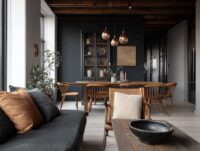


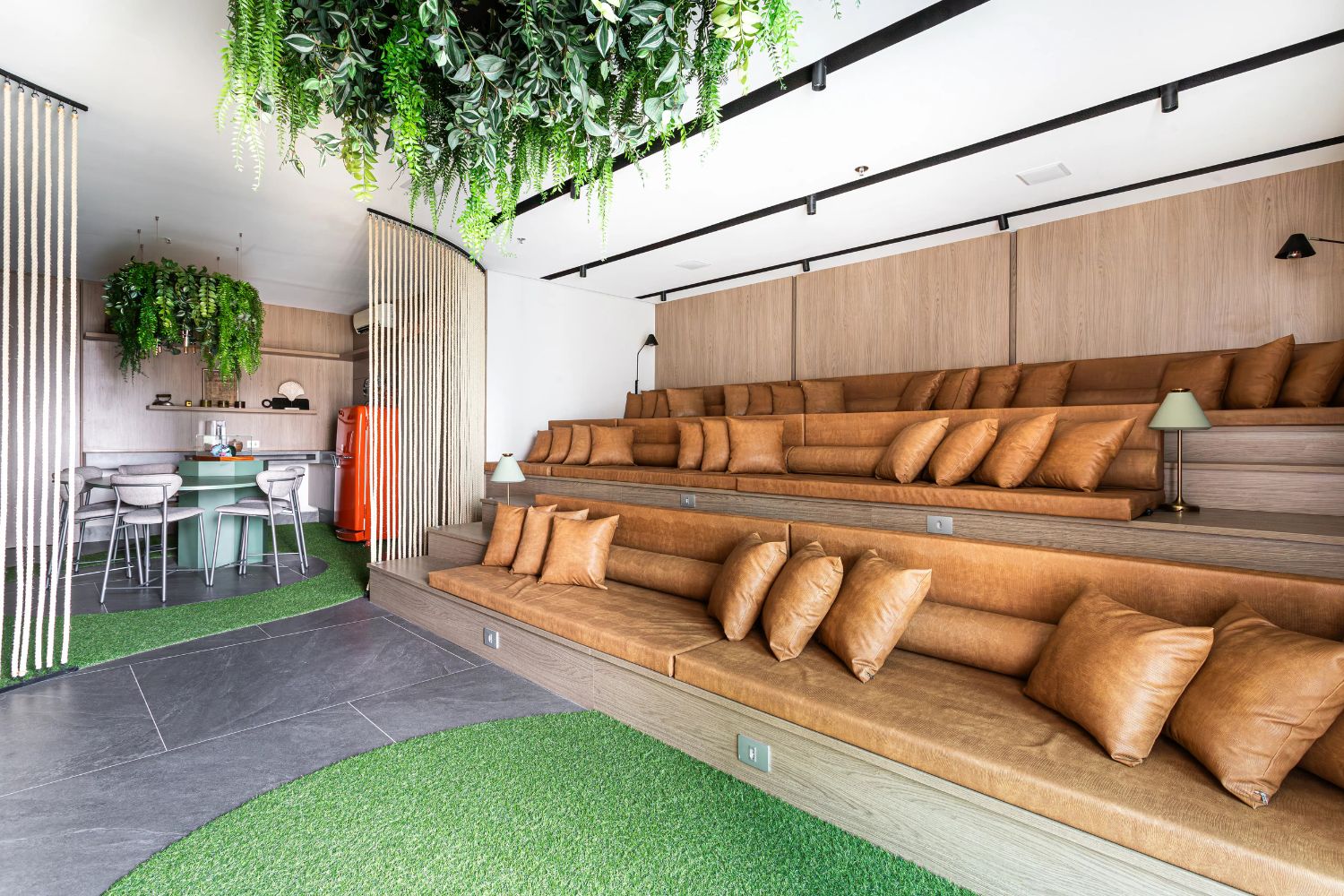
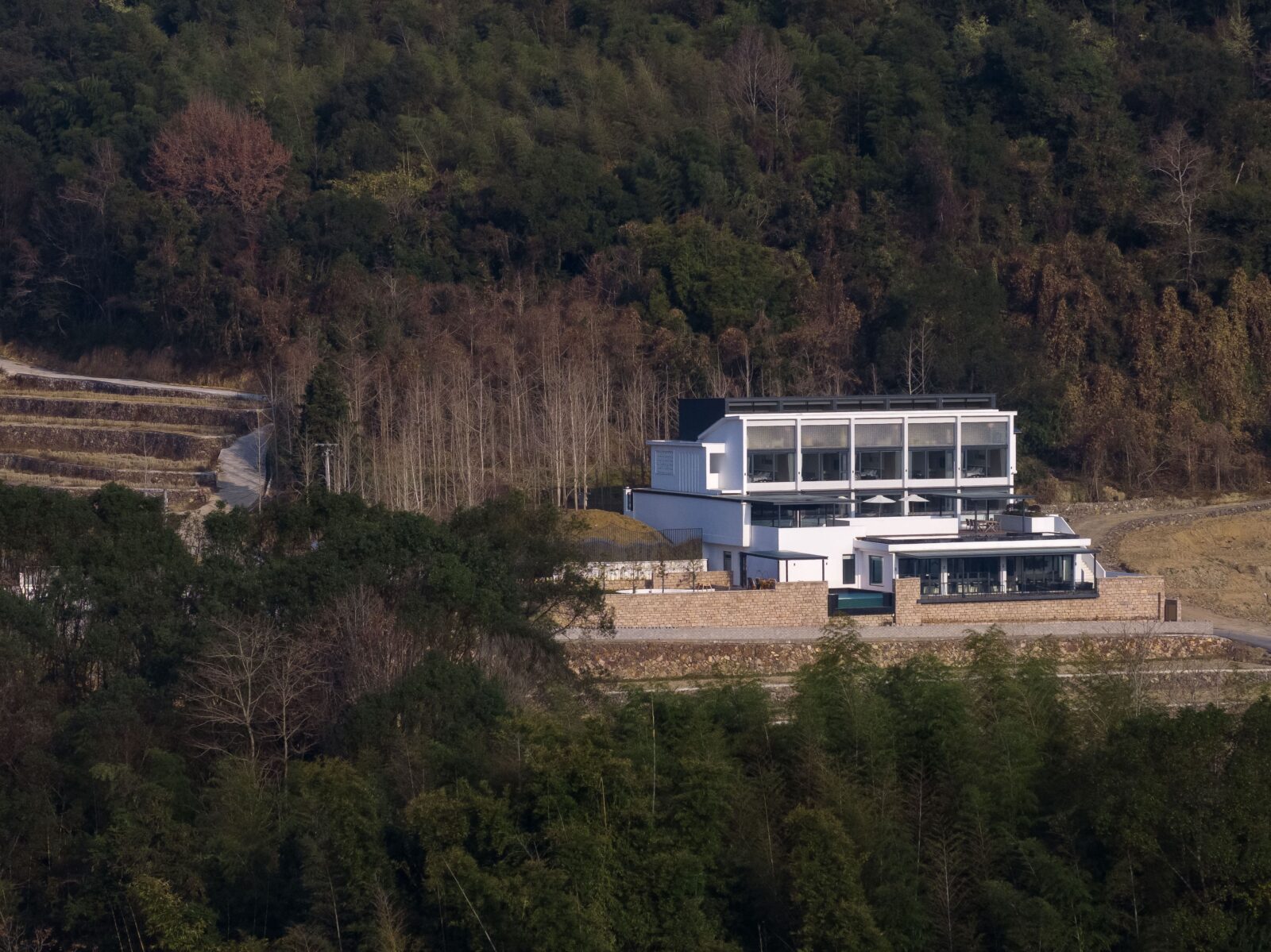
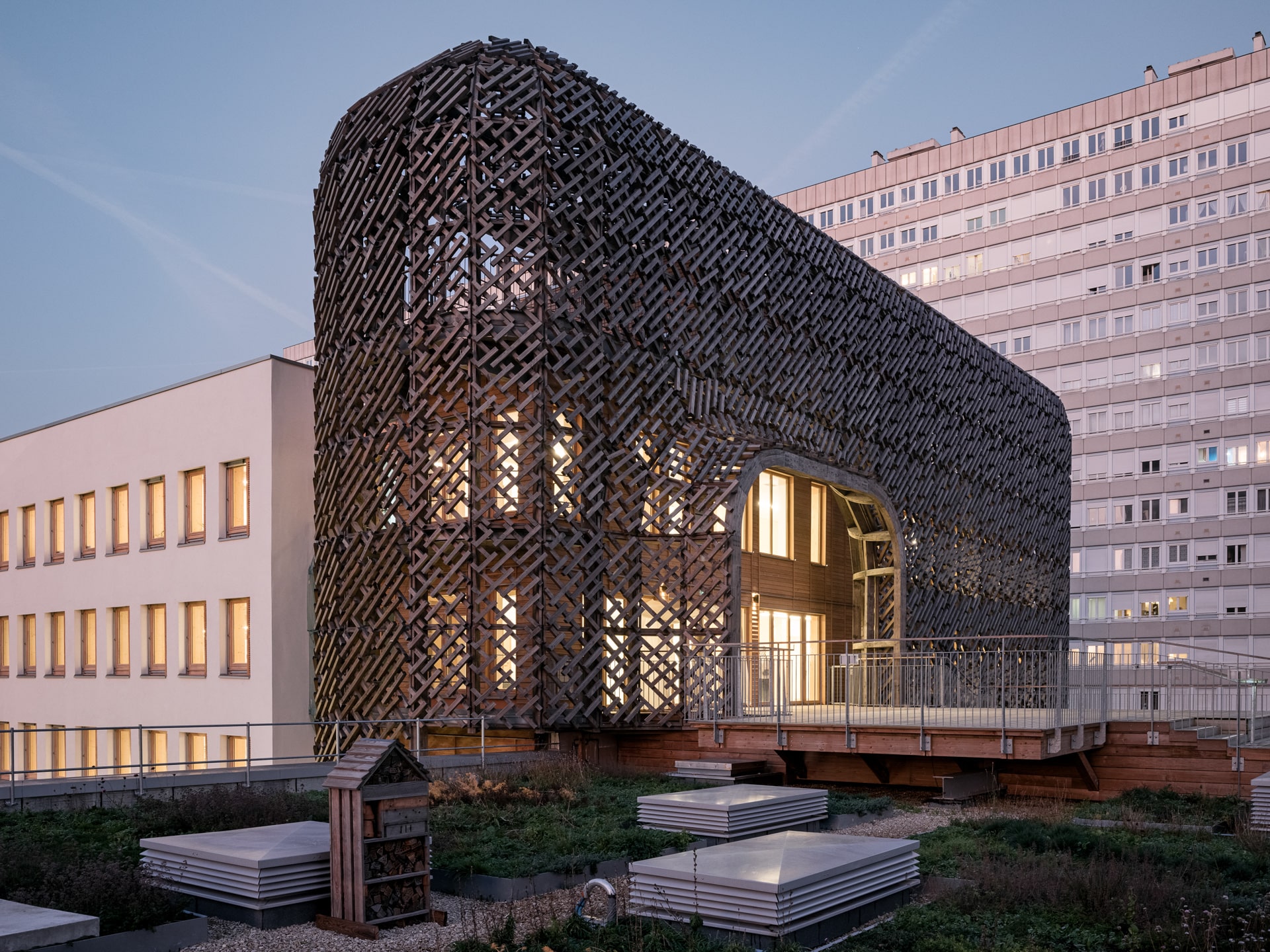
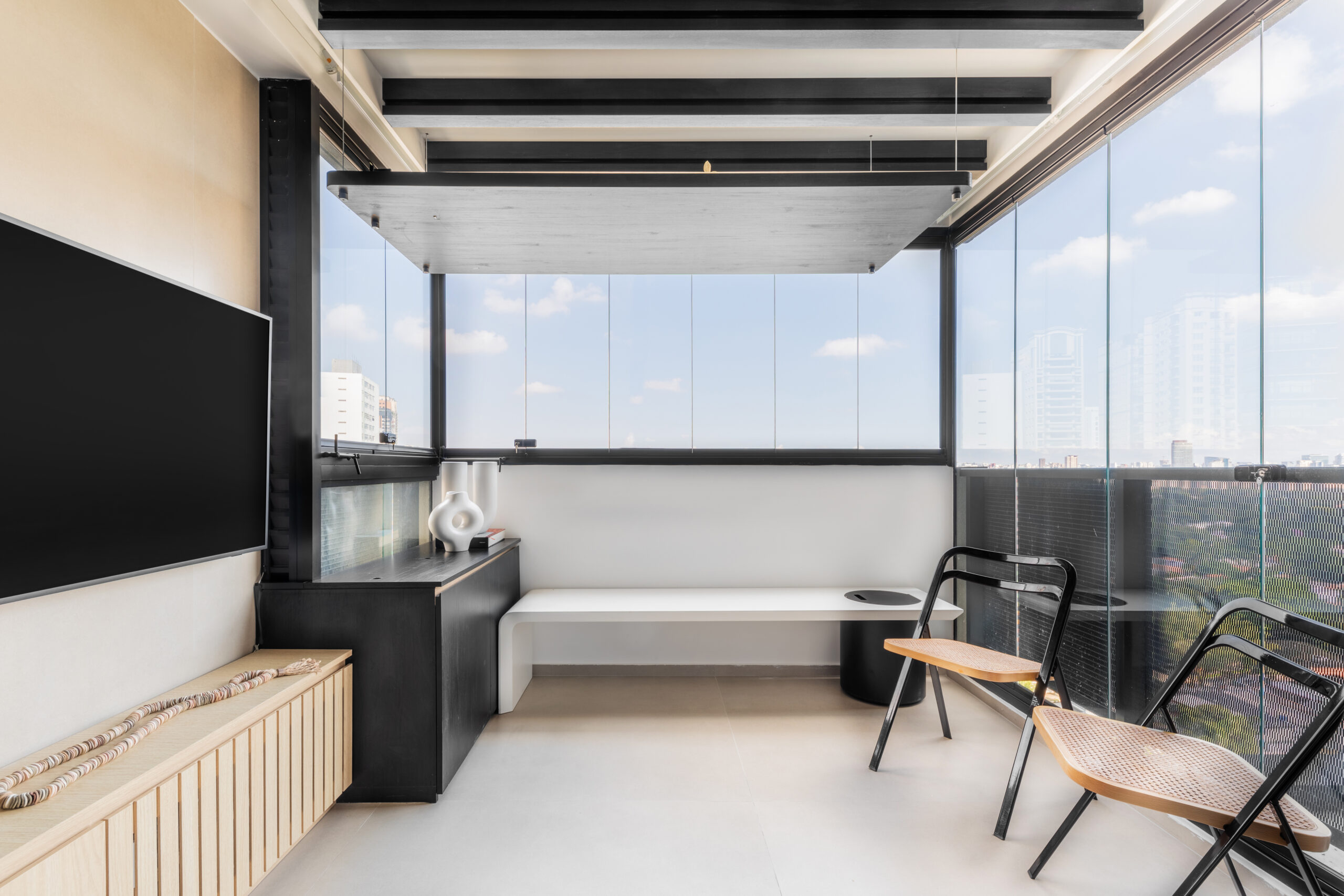
Leave a comment